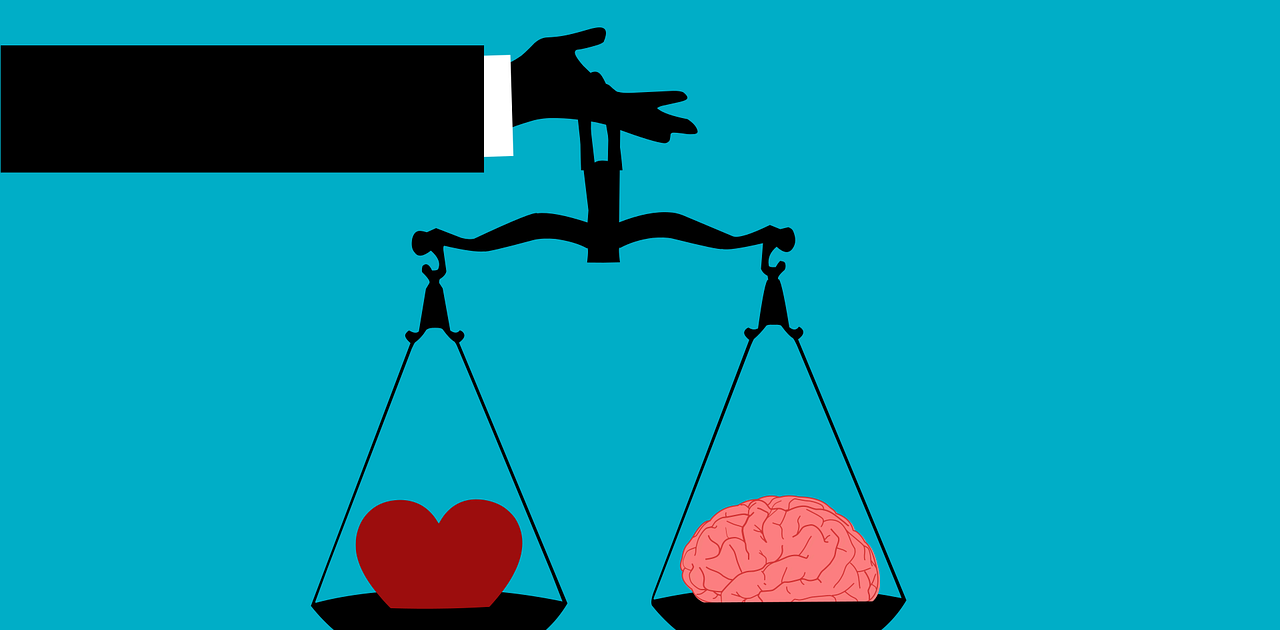In our quest to improve the mental and emotional wellness of children and families in DC and beyond, we continuously run into the same obstacle: a lack of access to mental health care including mental health diagnosis and treatment benefits, in comparison to services for physical health conditions. This lack of mental health parity often results in mental health treatment limitations, and a lack of adequate reimbursement for mental health treatment providers. In turn, this has created large gaps in mental health treatment networks, excessive wait times for patients, especially for those with public insurance, and a significant delay in care.
According to the 2019-2020 National Survey of Children’s Health, 23.2% of children in the District of Columbia have an established mental, behavioral, or developmental disorder, which is slightly higher than the national average (1). These rates have increased significantly since the onslaught of COVID-19, as noted in the American Academy of Pediatrics State of Emergency Declaration for Child and Adolescent Mental Health (2). Treatment disparities exist on individual, organizational, and societal levels. Experiences of racism and discrimination, lack of family-centered programs in historically under-resourced communities, and income inequality can make it harder for Black and Brown families to access services for their children (3,4). These families are most at risk for losing access to mental health care when parity protections are not in place.
Congress first attempted to address parity through the passage of the 1996 Mental Health Parity Act, which prohibited large employer-sponsored group health plans (those with more than fifty employees) from imposing higher annual or lifetime dollar limits on mental health benefits than those applicable to medical or surgical benefits. The law was then adapted in 2008 to become the Mental Health Parity and Addiction Equity Act (MHPAEA). This revision extended all parity benefits to substance use disorders and prohibited differences in treatment limits, cost sharing, and in- and out-of-network coverage. While these revisions spoke to the Federal Government’s newfound investment in mental health and substance use disorders, they were very difficult to enforce and therefore achieve adequate parity protections. In 2020, Congress further amended MHPAEA to enforce parity compliance analyses, and ensure health plans are not violating protections specified in MHPAEA.
An overarching report on mental health parity and addiction plans from the Department of Labor in 2022 found that none of the health plans reviewed thus far submitted adequate information to be in compliance with parity law as it is stated in MHPAEA (5). Further, this report found that providers and organizations had a lack of awareness of how to identify and report potential parity violations. Parity between in-network and out-of-network benefits for mental health compared to physical health has been especially lacking in recent findings. Specifically, the 2019 Milliman Report found that in D.C. patients have to go out of-network for outpatient mental health care about 8 times the amount more than for physical health care (6). This potential parity violation in D.C. is significantly higher than the national average.
In order to better clarify parity protections and extend their reach, the Biden Administration released a proposed rule in August 2023. Specifically, this proposed rule clarified reporting mechanisms for parity violations, and amended current guidelines requiring health plans to perform comparative analyses for their medical/surgical benefits compared to mental health ones. Much of this proposed rule addressed specific treatment limitations and argued that treatment limitations for mental health can be no more stringent for that of physical health, giving many examples of violations. The proposed rule also extended parity protection for autism spectrum disorders (ASD) and eating disorders.
In collaboration with The Kennedy Forum, The American Psychiatric Association, and the American Academy of Child and Adolescent Psychiatry, Children’s National developed comment letters in support of this proposed rule and the corresponding data collection requirements. These comment letters were developed from the insights of our hospital’s Child Health Advocacy Institute’s policy team and from robust commentary and anecdotes shared by psychologists, psychiatrists, and pediatricians at our hospital. Further, these comments illustrated first-hand experiences of delayed care and heavy administrative burden brought on by potential parity violations. The comments specifically highlighted case examples of patients with ASD and eating disorders, and how these conditions are particularly vulnerable to parity inequities and should be incorporated in all existing and future MHPAEA regulations. Children’s National was among over 10,000 other individuals and organizations to submit comments on this proposed rule.
Overall, this proposed rule and Children’s National’s comments are a step in the right direction to achieving mental health parity and ensuring children and families have equitable access to much needed evaluation and treatment services. While much more work is needed to achieve true mental healthcare parity and equity, now is the time to prioritize mental health access and treatment for individuals and families.
References
1 Child and Adolescent Health Measurement Initiative. 2019-2020 National Survey of Children’s Health (NSCH) data query. Data Resource Center for Child and Adolescent Health supported by the U.S. Department of Health and Human Services, Health Resources and Services Administration (HRSA), Maternal and Child Health Bureau (MCHB). Retrieved 09/29/2022 from www.childhealthdata.org
2 American Academy of Pediatrics, American Academy of Child and Adolescent Psychiatry, & Children’s Hospital Association. (2021, October 19). AAP-AACAP-CHA Declaration of a National Emergency in Child and Adolescent Mental Health [Press release]. https://www.aap.org/en/advocacy/child-and-adolescent-healthy-mental-development/aap-aacap-cha-declaration-of-a-national-emergency-in-child-and-adolescent-mental-health/
3 Ghandour, R. M., Sherman, L. J., Vladutiu, C. J., Ali, M. M., Lynch, S. E., Bitsko, R. H., & Blumberg, S. J. (2019, March). Prevalence and Treatment of Depression, Anxiety, and Conduct Problems in US Children. The Journal of Pediatrics, 206, 256-267.e3. https://doi.org/10.1016/j.jpeds.2018.09.021
4 Hoffmann, J. A., Alegría, M., Alvarez, K., Anosike, A., Shah, P. P., Simon, K. M., & Lee, L. K. (2022). Disparities in Pediatric Mental and Behavioral Health Conditions. Pediatrics, e2022058227. Advance online publication. https://doi.org/10.1542/peds.2022-058227
5 United States Department of Labor, United States Department of Health and Human Services, & United States Department of the Treasury. (2022). 2022 MHPAEA Report to Congress: Realizing Parity, Reducing Stigma, and Raising Awareness: Increasing Access to Mental Health and Substance Use Disorder Coverage. Department of Labor Employee Benefits Security Administration. https://www.dol.gov/sites/dolgov/files/EBSA/laws-and-regulations/laws/mental-health-parity/report-to-congress-2022-realizing-parity-reducing-stigma-and-raising-awareness.pdf
6 Melek, S., Davenport, S., & Gray, T. J. (2019). Addiction and mental health vs. physical health: Widening disparities in network use and provider reimbursement. Milliman. https://assets.milliman.com/ektron/Addiction_and_mental_health_vs_physical_health_Widening_disparities_in_network_use_and_provider_reimbursement.pdf
Header Image by Mohamed Hassan at Pexels.com





